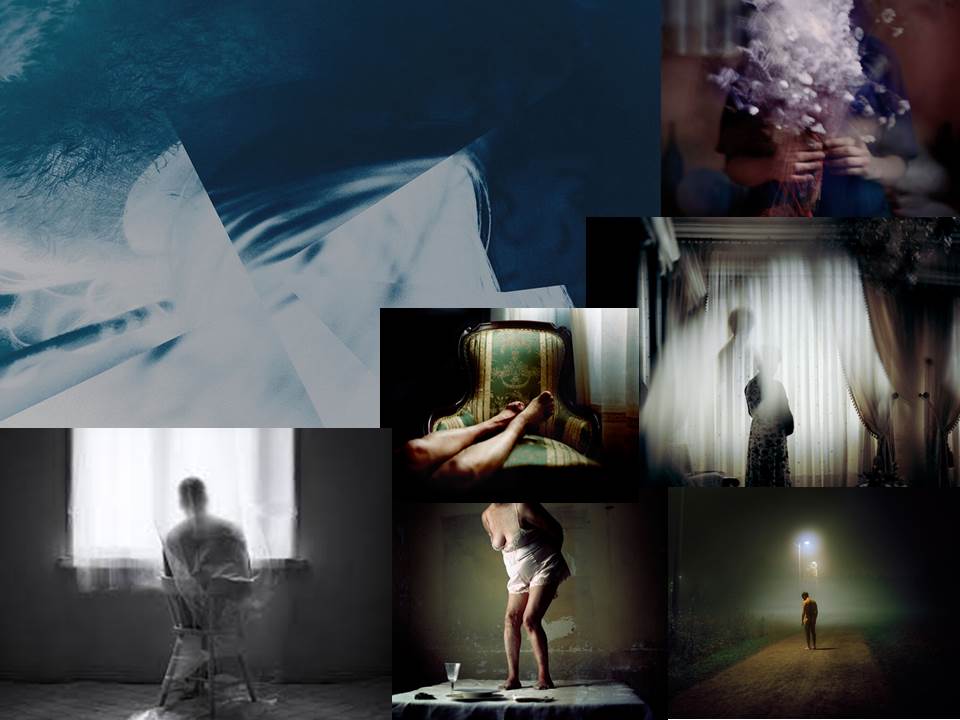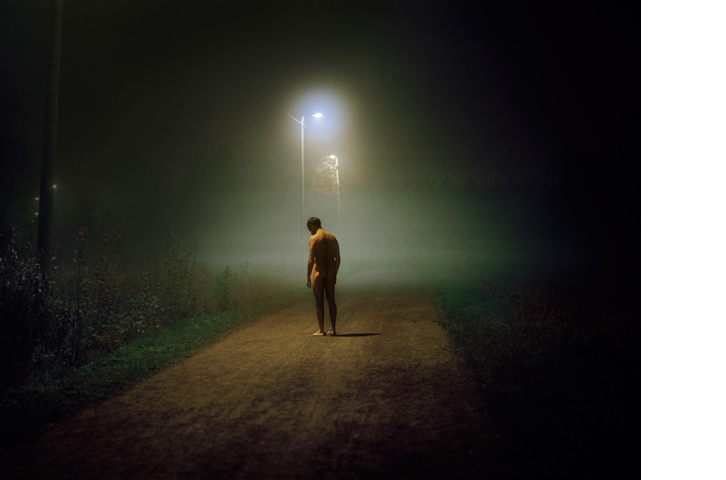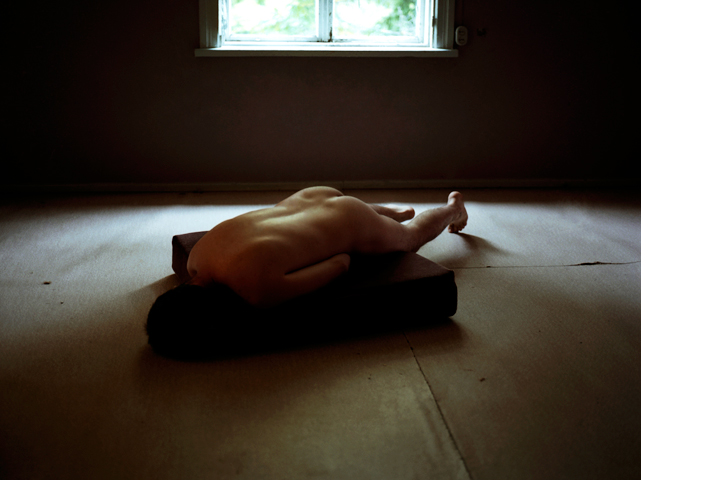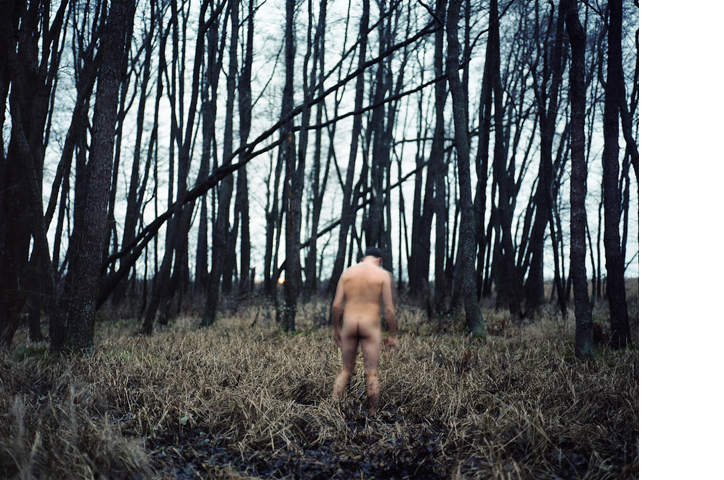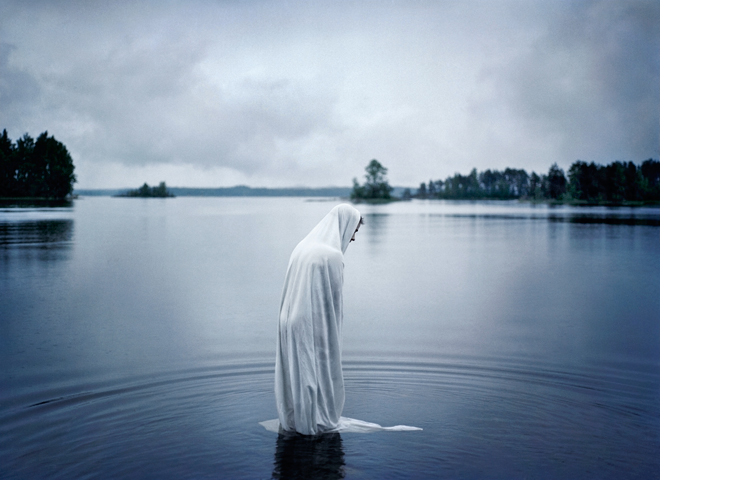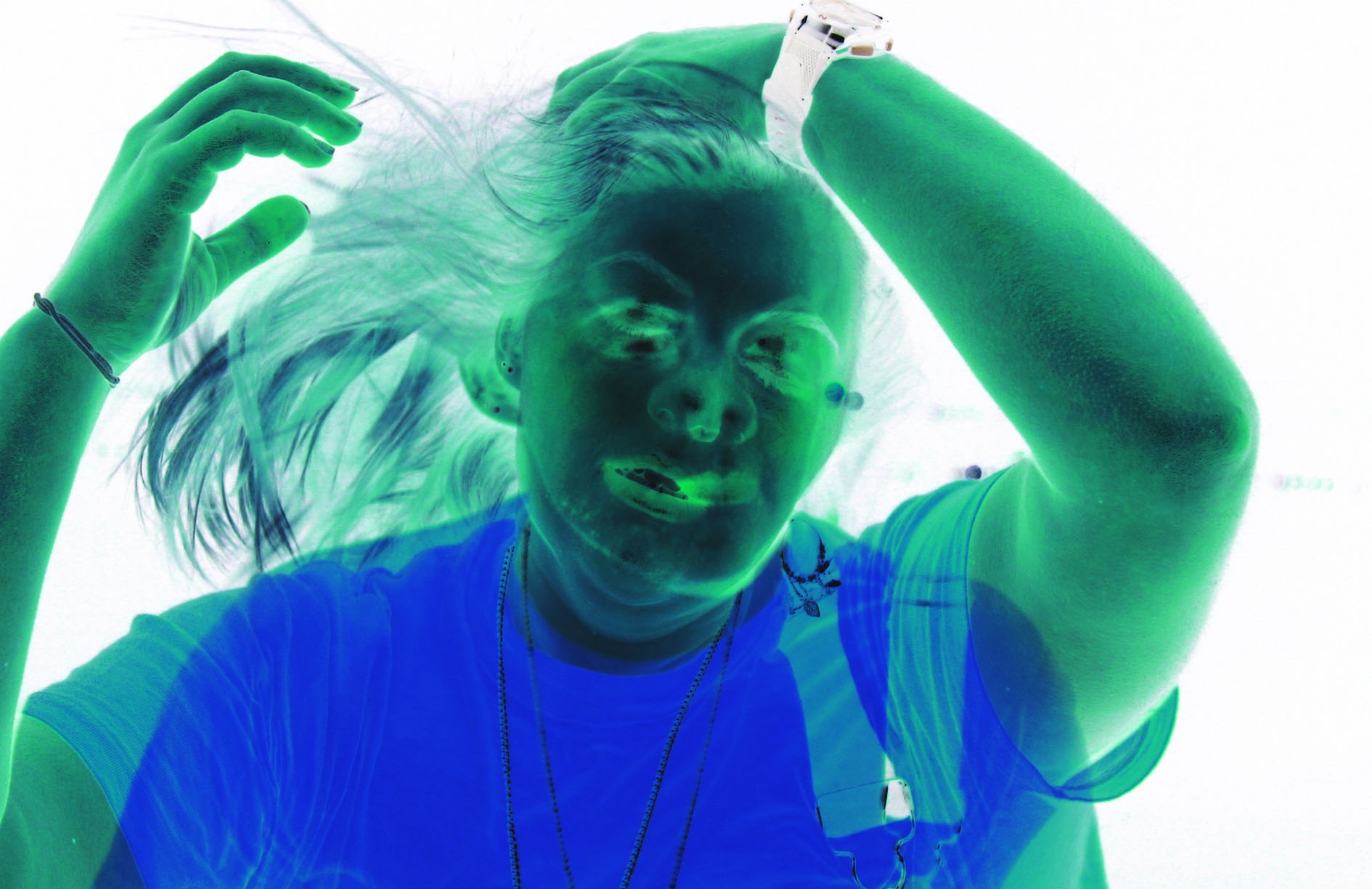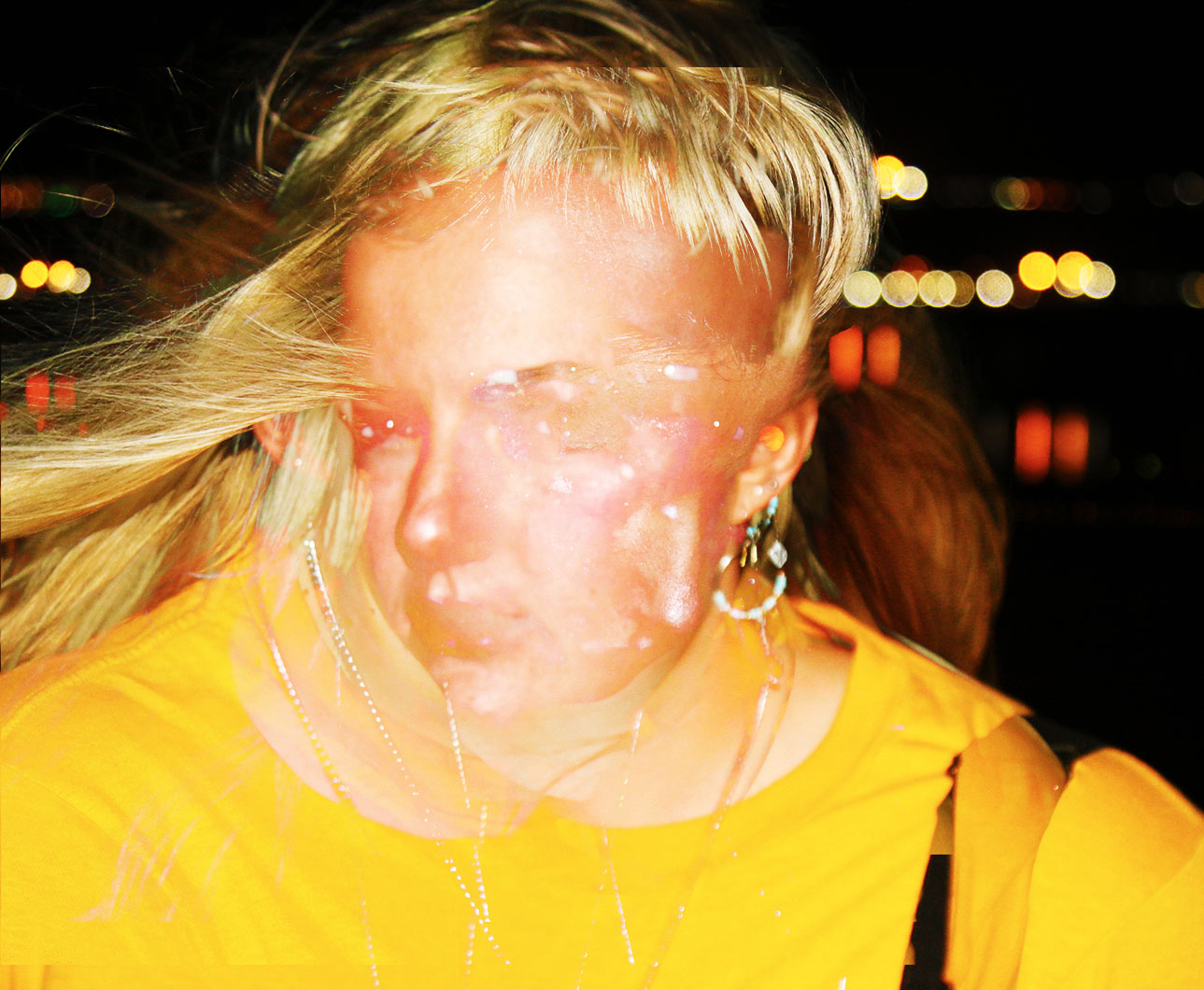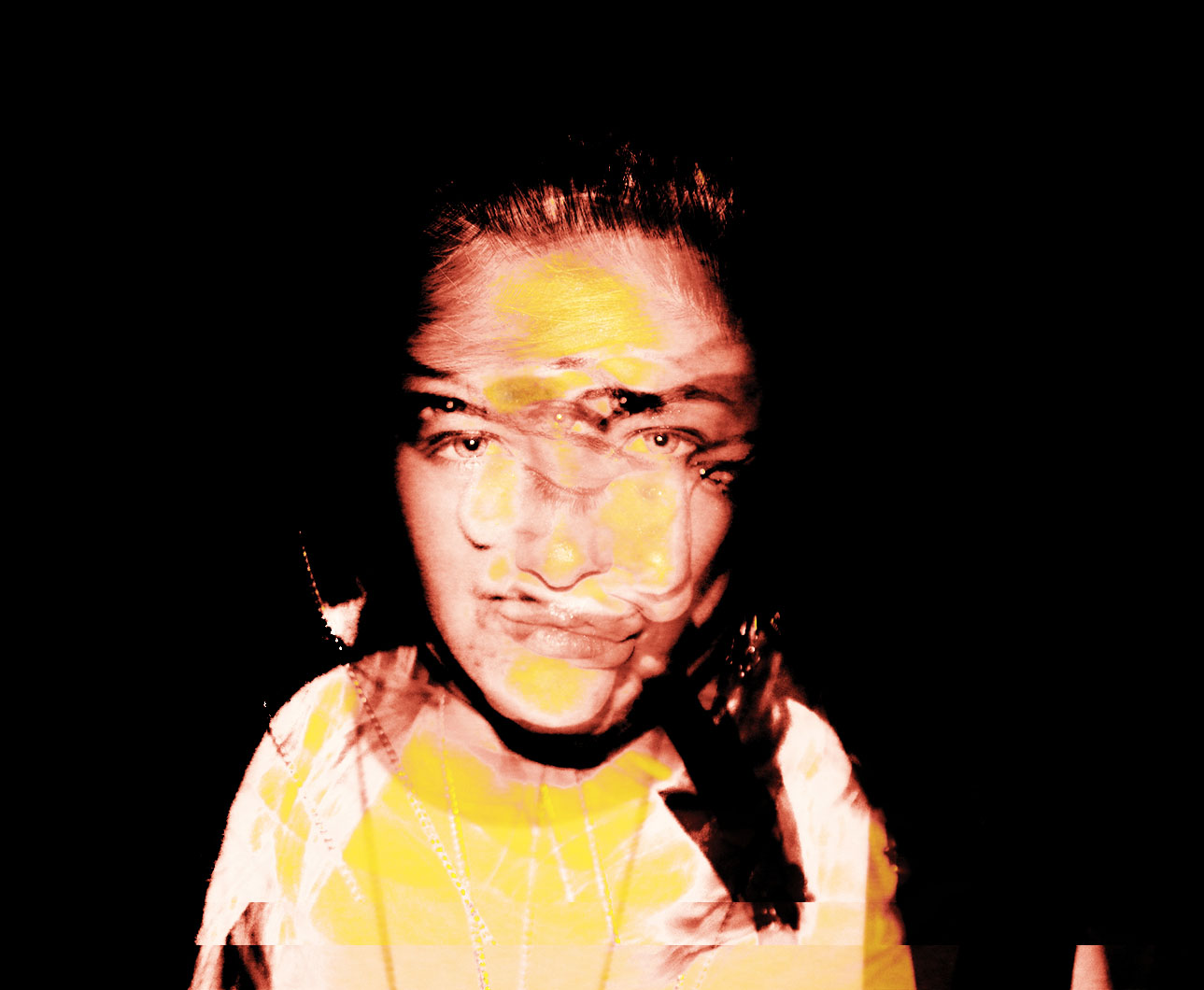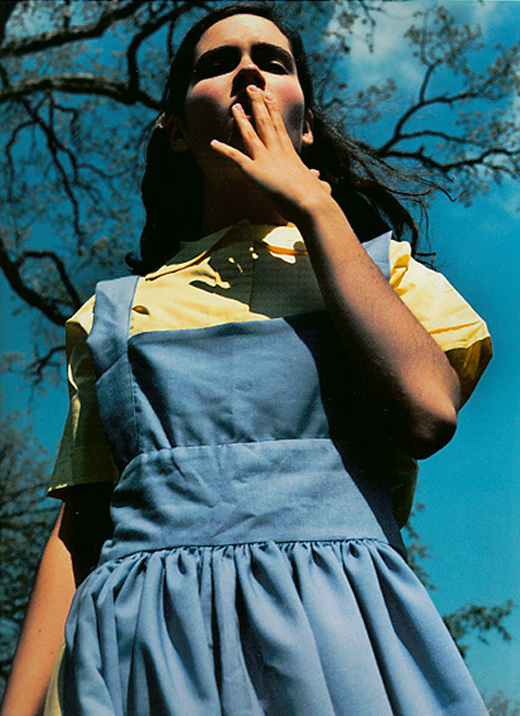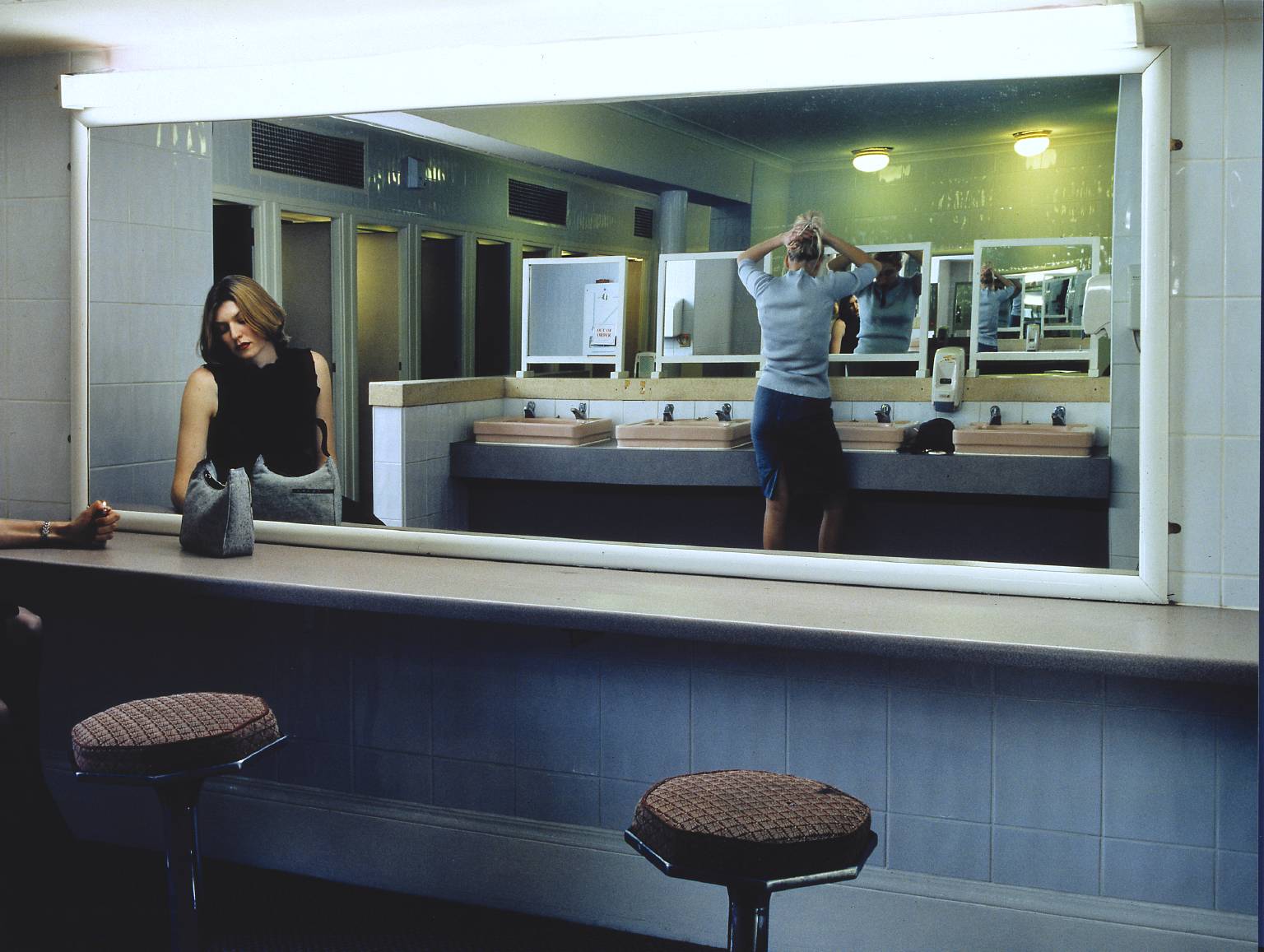Anna Gaskell

Anna Gaskell is most well known for producing works similar to Cindy Sherman. The American art photographer Elliptical narratives are photo series which have been influenced by paintings and film rather than the typical norms of photography. Now living and working in new york she has produced many tableaux photo series, including ‘Alice’s Adventures in Wonderland’ and hide. There is a basic theme of young girls running throughout her photo series and her ideas are usually drawn from her own imagination.
Gaskell usually has a deeper meaning that is portrayed through her images and the techniques she uses. For example in her photo series ‘Half Life’ she uses dynamic camera angles and decorates the location that she is using to create a claustrophobic sense to the images as well as interesting lighting to build a sense of vertigo.
Her narrative images through staged and planned photo shops creates tableaux which after portray deep and meaningful messages in the way that she wants them to convey. Here are a few of her images from her book which include most of her photo series’ from ‘wonder’ to override’
Photo Analysis
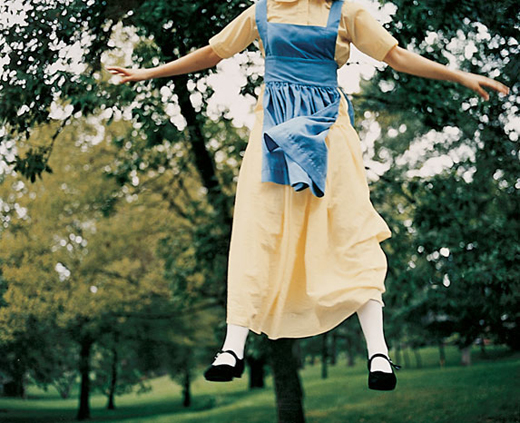
This image is of a young girl jumping in the air. It is hard to decipher whether she got into this position from just standing and then jumping up or what i think probably happened is that she was on a trampoline and the image has been captured hen she was mid bounce. in the image we do not see the young girls face but we can tell that i is a girl and probably of a young age because of the shape and form of the subject. She is captured in a garden and is surrounded by trees. We also when first looking at the image see that the subject is in unusual clothing, relation to what Alice would wear in Alice in wonderland and this is the main link in the photo to the the photo series title ‘Alice’s adventures in wonderland’. From what we see we can begin to build up an image in our mind of what the meaning is behind the image and how the photographer, Anna Gaskell, wanted us to feel when looking at the image. I think that the message behind the image might be Gaskell trying to convey her childhood memories of enjoying watching Alice in wonder or her dressing up as Alice wanting to be her. So this image may be showing connotations to family and childhood memories. As her typical style as a tablx photographer i feel like she has staged and created this seen from her own childhood imagination and it is her telling the audience about her childhood and the memories she has but may also be relate able to many other young girls. However i then think that the image has a darker message that comes across as, like in all her other photos in the series of photos, the girls head/face is being kept out of the image. This could be because she wants to hide that its not actually Anna and wants us as the audience to picture that it is her as a young girl or be able to relate it to be ourselves or any young girl it remind us of. Or it could mean that it is a distance memory which is blurred and not all is remember and the girl that once wanted to be Alice has been left behind and forgotten.
The genre of this image is portrait through the meanings of tableaux photography so it aims to have a meaning, message or tell a story. Gaskell must have used a range of photographical techniques to ensure that this photo was not blurred due to the moving subject at the time. She has caught a freeze frame image which means she probably used a tri-pod to keep the camera as still and steady as possible and then the camera would have been set on a very fast shutter of about 1/60 second and then the ISO on the higher settings of maybe 2600 so that as much light was captured as possible because the aperture would of had to be closed for the fast shutter speed letting in a small amount of light. Therefore i think this took a lot of technical work and would have taken a few attempts hence it is tableaux photography which is staged rather than documentary which would of meant she just took the photo in the moment of a random girl bouncing on a trampoline which wouldn’t of conveyed the story that she wanted to get across.
It has already been discussed why the girl being photographed is in the position that she is in as the head may be purposely not in shot for a specific message in the photograph. When considering the rule of thirds is think that this image breaks the rules in a modern way as she is using the subjects body to take up a significant amount of the image however still leaving a gap. however she may have still considered the rules grid when photographing her image as the subject is along the right axis of the photo sticking to the rule slightly but then breaking it with the limbs spreading across the image. When looking at this image i notice that there is one significant leading line which my eyes where drawn to and this is the tree trunk in the background running behind the girl. As it is the darkest area of the photo it is the section which my eyes are drawn to the most and because it runs from the bottom of the image to the top just behind the subject it focus out eye on that focal point of the image where the girl is and the main message of the image can be considered. another aspect to notice is that symmetry is created in the image through the subject body position. the right side of her body is a reflection to the left this brings a sense of art and beauty to the image making it nice to look at. The photograph has been taken at a eye level angel from the ground and i think this has been used to make it as obvious as possible that she is playing on something like a trampoline as she is high in the air and moved out of eye level sight because she is jumping up. The shot is also a wide angle portrait to fit in most of the subjects body but also a significant amount of the background which creates a frame around the subject. The colours used in this image are also a crucial element to what makes the image. the use of bright bold colours (green,yellow and blue) all together works really well in this image at keeping all the elements seperate and stand out. The image is almost striking because of these colours but they work well together because the yellow and blue of the dress counters the dark green which could have been over powering. Furthermore the image has been taken on a partially cloudy day as there is no specific direction of a hard harsh light. The lighting in the image is soft and quite dark and this could be due to not much natural light as well as the sheltered location the image has been taken in creating a soft lighting with no shadows in the image.
Hannah Starkey
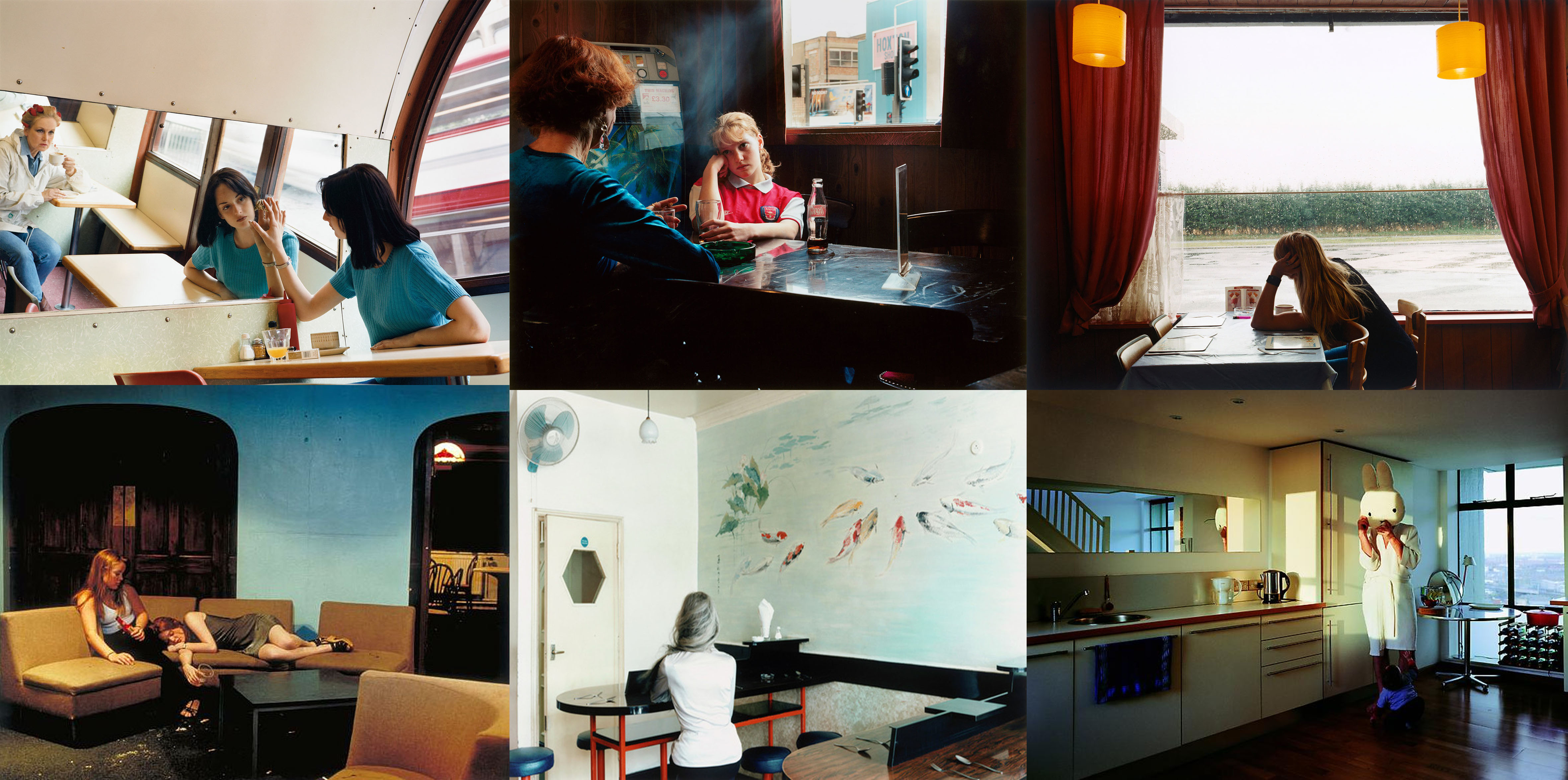
The British photographer, Hannah Starkey, creates scenes through her photography which resembles everyday life, she captures images of women usually partaking in regular daily activities such as sitting in a restaurant or coffee shop, chatting in the street and so on. Starkey focuses on capturing these ‘in between moments’, which i find is a really interesting concept, she doesn’t document them at work or home, she captures them maybe on their way to work and the smaller elements of these women’s routines that you wouldn’t usually photograph.
Her in the moment freeze frame images have a narrative and often focus on the isolated problems in society such as gender, class and social status, which are problems which women may encounter in there day to day experiences. The Saatchi gallery says that “Starkey often uses composition to heighten this sense of personal and emotional disconnection, with arrangements of lone figures separated from a group, or segregated with metaphoric physical divides such as tables or mirrors.” This emphasizes her use of planning to create these stage photographs (tableaux photography) which have this deeper meaning which she wants to convey through her photography.
Born in Ireland in 1971 and now living and working in England she has produced a vast amount of images and exhibited her works in a variety of exhibitions all over the world, including solo exhibitions in the Tanya Bonakdar Gallery in New York on various occasions.
Photo Analysis

This image by Hannah Starkey was taken in May 1997 and takes her typical approach of photographing woman. This particular image is a two women sitting in maybe a coffee shop or cafe in England. The protagonist is the woman in the blue top sitting at the table looking into the mirror. As i have already research Starkey’s work i have a basic knowledge and understanding of the concepts which she tries to capture in her images. Therefore i am going to use this knowledge and try to understand what might being going on in this image. The woman in blue is the subject and she is on a normal day maybe in a break at work or on her lunch break, so Starkey is continuing her stylist form of capturing women in their daily routine but then she builds on this creating a narrative with a meaning and message behind it. For example in this image the woman is looking into the mirror at herself touching her reflection, this could symbolize that she is reflecting on her life or on her self image. A big problem in today’s society is the stereo types and exceptions of women’s image. There is a stigmatization that women should look and act a certain way and for most women they are conscious about there self image and feel like they need to fit in with the social norms. Therefore i think that this image could symbolize the woman looking at herself and judging herself, she could also be thinking that she doesn’t recognize herself anymore due to trying to change to fit in with what she has been made to think is socially accepted. Furthermore in the back of the image is another woman also looking at the subject through the mirror, this can be seen as woman always looking at each other judging them seeing if they are fitting in with what society stereotypes the typical woman as.
Starkey’s image is a narrative creating a story with meaning about problems in society but she has also had to consider photographical techniques and composition to make this image work and be effective. I don’t think that Starkey uses any specific techniques in her image as it seems to be a simplistic image taken in the moment and therefore not much setting up has been done before this image was taking. She will have considered the ISO levels and aperture to ensure she has the correct amount of lighting in the image. However we can assume that a tri-pod was not used to capture this image as it has been taken at an angle not just a straight on shot. The purpose to this may have been to make sure that the mirror reflection was included in the image with the second women in the background showing her almost face of judgment as this is key to the narrative of the photograph. i consider the rule of thirds to have been followed in this image because each aspect of the image seems to belong to a different sector of the rule of thirds grid. For example the subject (woman) is in the right third of the image and the the second woman is in the left side of the photograph and then the mirror runs throughout the image as the main story telling aspect of the image. this therefore fills the whole frame of the image making it an interesting image with lots going on, so i think that the photo has also been framed well as she has got everything needed in the image for the narrative included as well as having nearly an even amount of gap both below and above the wall giving the image a small sense of symmetry and pattern. I specifically find this image interesting as leading lines is created through this image through the use of the rectangular image running throughout the center of the image which draws your eye to this central part of the image. This is effective because your eye is immediately drawn to the biggest sector of the image and i find it interesting that you look at the reflection first before the real people in the image. The mirror has multiple purposes in this image and another example is that it creates depth in the image as it is almost a three dimensional image because of the reflection we are seeing the room in double making the image possible look deeper than it actual is because of the illusion of the mirror. The lighting is the image creates the atmosphere that it is a natural moment because of the natural use of lighting coming in the window from behind the subject, which illuminates the narrative in a natural non intentional way. The lighting is soft keeping it a calm, mellow image where nothing is striking taking away from the calmness of the image created through the warm tones of colour.












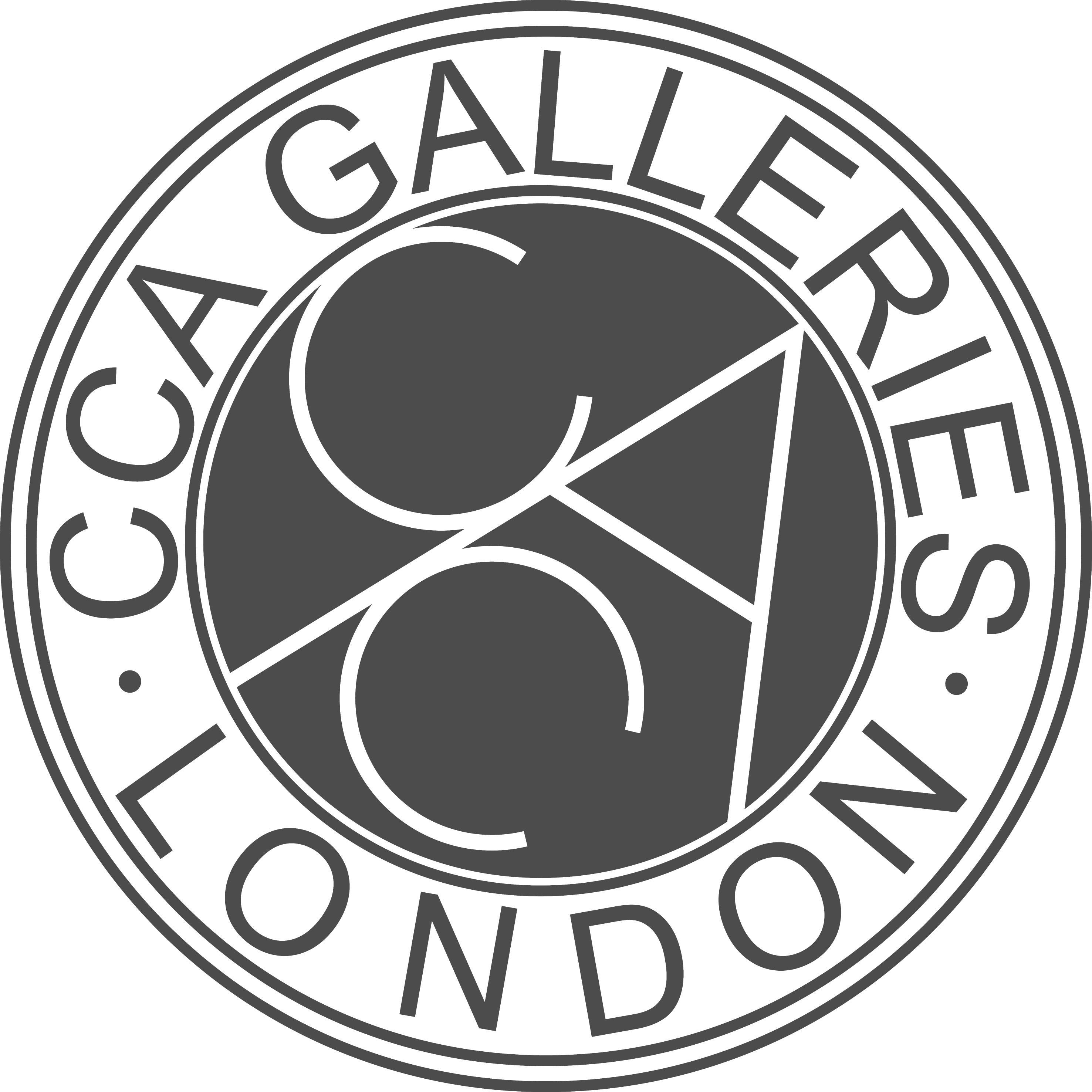


 This (right) is the image I chose as the one I ‘disliked’ due to the fact that I wasn’t too sure what it was and it seemed very dislocated from the serirs as it wasn’t too similar to other images Tanja had produced as the others showed clear subjects in that you could tell what was in the frame. I showed this to her explain it was my least favourite and told her why this was and she then went on to explain that it was a seabed and I then understood and forced myself to understand that in every series of images, there is going to be an anomalous result that may not always fit in however, this is what makes it special and interesting.
This (right) is the image I chose as the one I ‘disliked’ due to the fact that I wasn’t too sure what it was and it seemed very dislocated from the serirs as it wasn’t too similar to other images Tanja had produced as the others showed clear subjects in that you could tell what was in the frame. I showed this to her explain it was my least favourite and told her why this was and she then went on to explain that it was a seabed and I then understood and forced myself to understand that in every series of images, there is going to be an anomalous result that may not always fit in however, this is what makes it special and interesting.



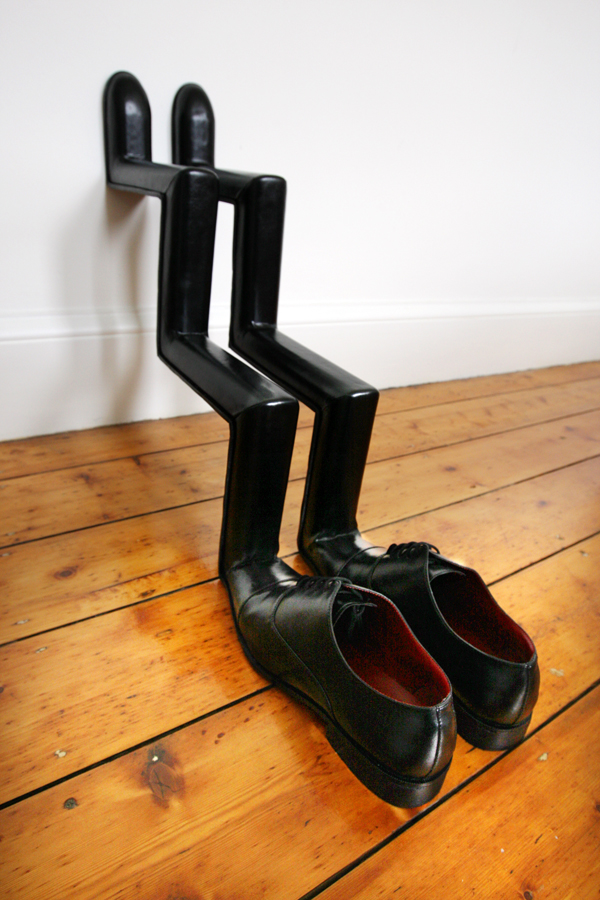
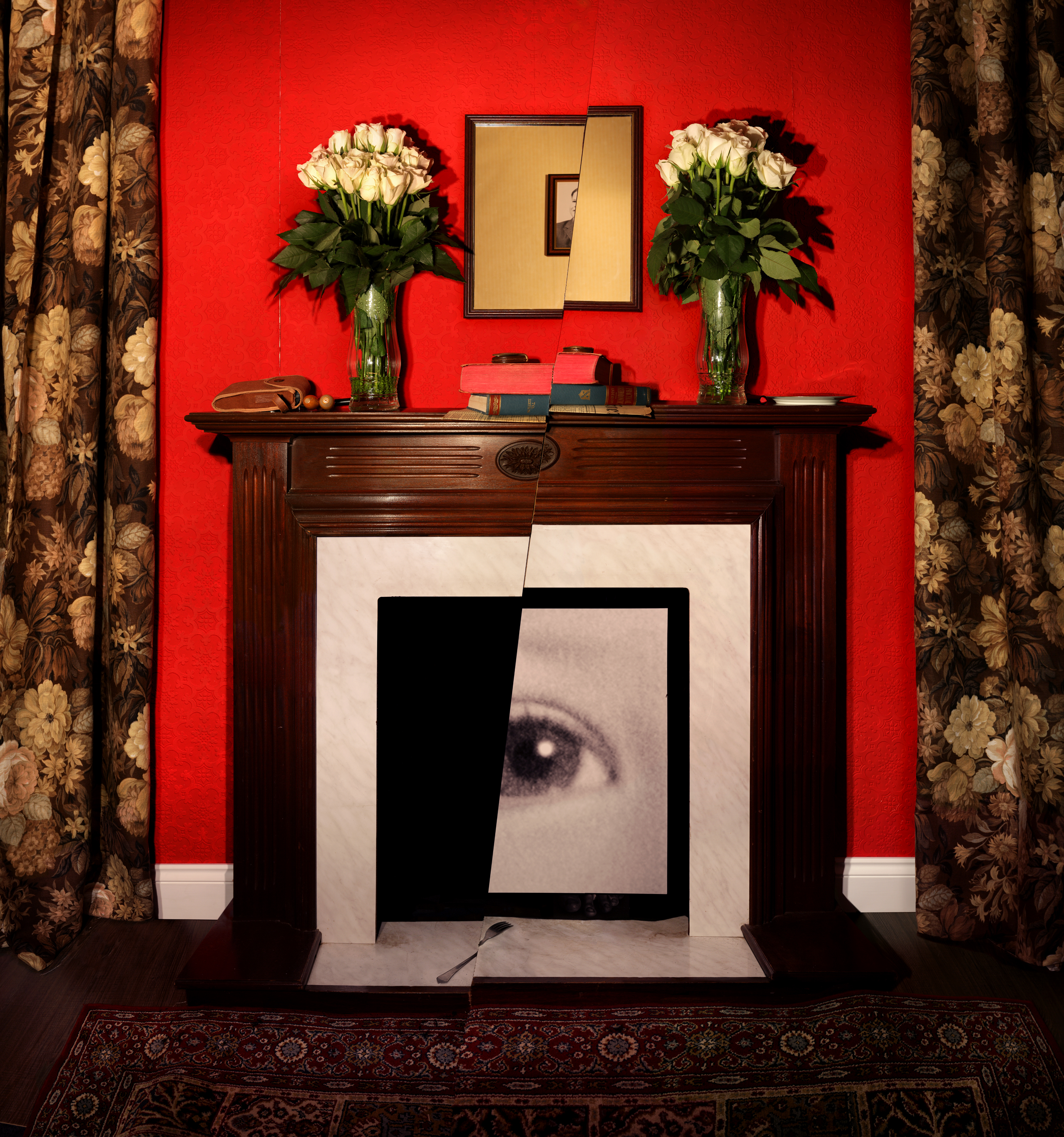



 http://time.com/3449718/mystery-in-the-sky-a-legendary-photo-slowly-gives-up-its-secrets/
http://time.com/3449718/mystery-in-the-sky-a-legendary-photo-slowly-gives-up-its-secrets/
